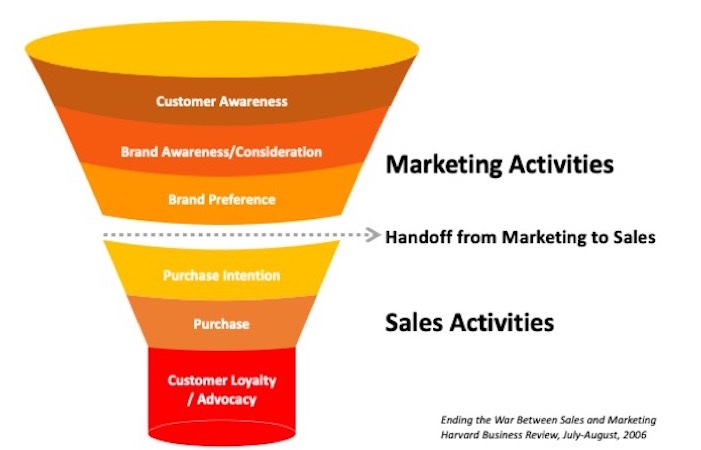Logically, you would initially believe that most communication from your sales and marketing departments should revolve around your products, their features, and why they should be purchased from you. Up until recently, in fact, this approach worked well for a distributor.
But today, with competition being what it’s become, you must consistently, in all communications, make it clear that your business exists to solve your customers’ problems and provide the solutions and services your customers need. It’s that simple. If this isn’t made clear in your communications, and your communications do not revolve around your customers, your company becomes just another distributor who sells products.
Does this mean you should halt product sales? No, of course not. But what it does mean is that every communication you put out — including those that promote your products — should emphasize why the product is the best choice, or a possible choice, for the individual reading that message.
 Now, you may be asking yourself, “What if an item or product line we’re promoting is the best choice for only some of my customers?” Unfortunately, the answer to that question would be, “Sorry, that just won’t do.” You’ve got to get the right message in front of the right person and only the right person.
Now, you may be asking yourself, “What if an item or product line we’re promoting is the best choice for only some of my customers?” Unfortunately, the answer to that question would be, “Sorry, that just won’t do.” You’ve got to get the right message in front of the right person and only the right person.
Since the beginning of time, it’s been easy for distributors to get the right message in front of the right person — that’s why you pay your salespeople so well. But today, in a world where your prospects and customers are bombarded with information from all directions, coupled with the difficulties of making face-to-face sales calls, it’s just no longer the case. Today, you are best served by relying on technology to deliver your messaging.
For several reasons, the distribution industry has reached what can be a devastating inflection point, but it doesn’t have to be devastating at all. You simply need to learn and deploy new strategies in communicating your value. The good news is that you don’t have to invent these strategies — many industries before you have already been down this road. So, it’s easy to know what works.
Differentiating Means More than Standing Out
In distribution, one of the smarter schools of thought will tell you that now, more than ever, your messaging should emphasize your services and solutions in order to help differentiate yourself from your competition. In other words, instead of selling products, which anyone can do (and is doing it seems), communicate to your audience why working with you is in their best interest… why choosing to work with you vs. a competitor is the best decision they can make. But you’ve got to actually walk the walk and, again, you must communicate in a way that puts the focus on the customer or prospect, not on your company.
Let’s look for a minute at how effectively communicating your value, aka your problem-solving abilities, becomes challenging.
We can start by saying that clearly, your company provides a lot of value. If it didn’t, you wouldn’t be in business, and you certainly wouldn’t be reading this book. And it’s probably not difficult to talk about or write about your value. In other words, creating the right messaging is easy. Again, it’s what your salespeople do for a living.
The difficulty lies in the second part of our challenge —getting the right message in front of the right person. Translated, and what’s so difficult is that this also means ‘not getting that message in front of the wrong person,’ especially if the wrong person is someone whom you might want to communicate with ever again.
In other words, if you are communicating information to prospects or customers that simply doesn’t apply to them, there’s a good chance they may stop reading your communications altogether. Because of how technology has evolved, people today are conditioned to expect a certain level of personalization. And while that expectation may be almost subliminal, your ability to ‘get the message right’ will undoubtedly affect their perception of how well you can serve them.
To understand who your prospects and customers really are, and which message or communication each should receive from your company, let’s look at creating your buyer personas.






